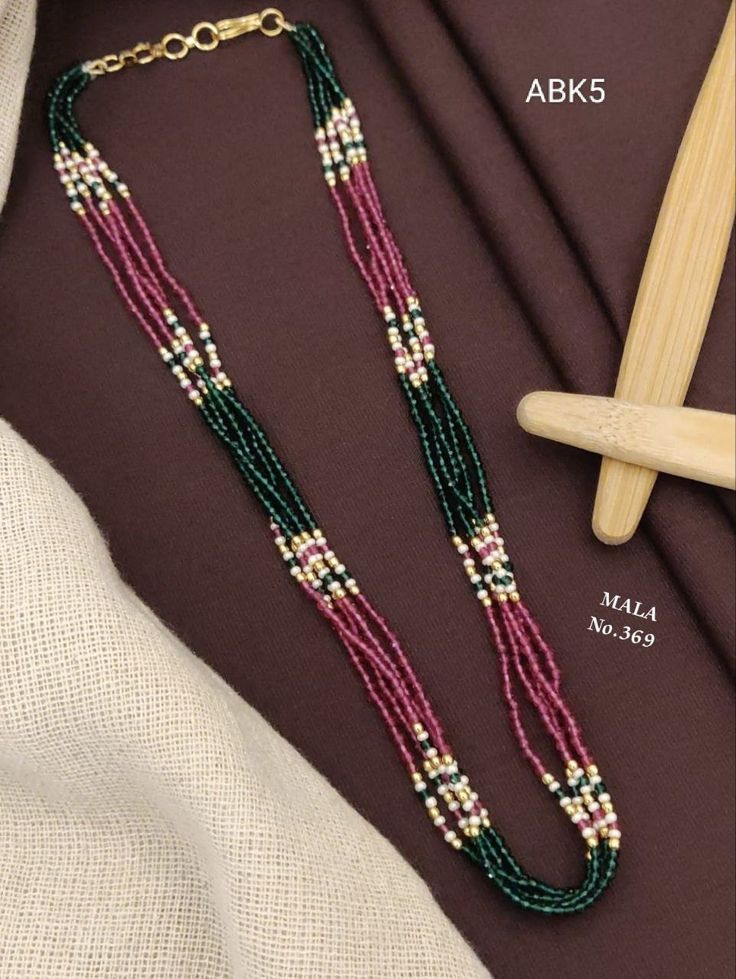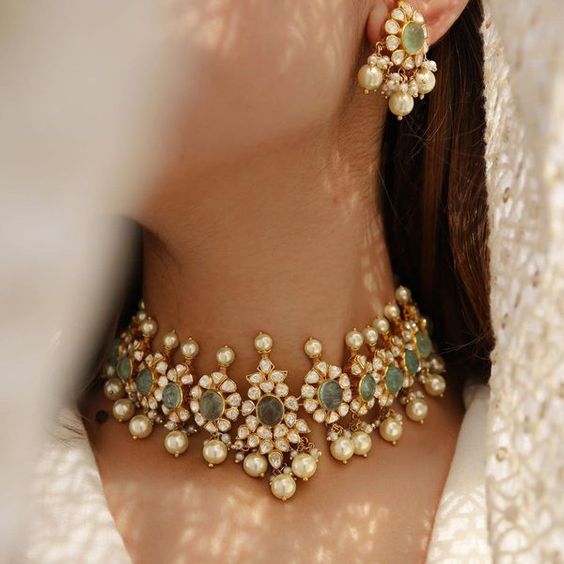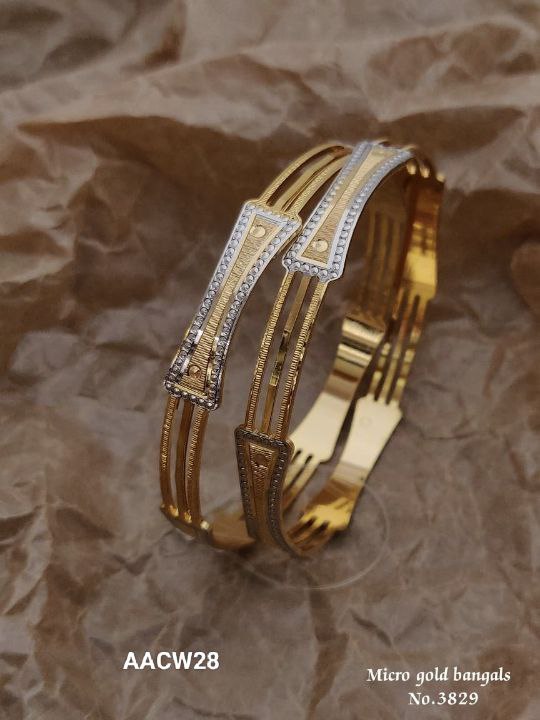Choosing the Right Mala: A Guide to Different Materials and Their Benefits

When it comes to selecting a mala, the choice of material is more than just a matter of aesthetic preference. Each material carries its own unique properties, symbolism, and energy, which can significantly influence your mala’s purpose and impact. In this guide, we’ll explore the different materials commonly used in malas – gemstones, wood, and metals – and delve into their distinct benefits to help you make an informed decision.
Gemstone Malas: Harnessing Natural Energy
Gemstones are among the most popular materials for malas due to their natural beauty and metaphysical properties. Each type of gemstone is believed to offer specific benefits:
- Amethyst: Known for its calming and purifying qualities, amethyst is often used in malas intended for meditation and stress relief. It is said to enhance spiritual awareness and promote inner peace.
- Rose Quartz: This stone of unconditional love is ideal for those seeking to open their hearts and improve their relationships. Rose quartz promotes compassion, emotional healing, and self-love
- Lapis Lazuli: Associated with wisdom and truth, lapis lazuli is a powerful stone for intellectual stimulation and clear communication. It can help enhance self-awareness and expression.
- Tiger’s Eye: A stone of protection and grounding, tiger’s eye is believed to bring balance and confidence. It is often used for boosting courage and motivation.

Wooden Malas: Earthy and Grounding
Wooden malas have a natural, earthy appeal and are revered for their grounding properties. Different types of wood can impart various energies:
- Sandalwood: Highly prized for its aromatic scent and soothing energy, sandalwood malas are often used in meditation. Sandalwood is believed to promote relaxation, mental clarity, and a sense of inner peace.
- Rosewood: Known for its deep reddish hue, rosewood carries an energy of compassion and healing.
- Tulsi Wood: In Hindu tradition, tulsi (holy basil) wood is considered sacred and is believed to offer protection and spiritual purification. Tulsi malas are often used in prayer and devotional practices.
Metal Malas: Strength and Transformation

Metal malas are less common but hold significant symbolic meaning and benefits:
- Silver: Associated with the moon and feminine energy, silver malas are believed to enhance intuition, emotional balance, and spiritual insight. Silver is also thought to have protective qualities.
- Gold: Symbolizing purity and spiritual enlightenment, gold malas are often used for their transformative energy. Gold is believed to attract prosperity, happiness, and divine blessings.
- Copper: Known for its conductive properties, copper malas are said to amplify energy and aid in healing. Copper is also associated with reducing inflammation and enhancing overall vitality.
Combining Materials: Customized Benefits
Some malas incorporate a combination of materials, allowing wearers to benefit from multiple properties simultaneously. For example, a mala might feature gemstone beads with a sandalwood guru bead, blending the grounding energy of wood with the specific benefits of the chosen gemstone.
Choosing Your Fancy Mala

When selecting a mala, consider your personal intentions and the qualities you wish to cultivate. Are you seeking peace and relaxation? Amethyst or sandalwood may be ideal. Looking to enhance love and compassion? Rose quartz or rosewood could be the perfect choice.
Remember, the most important aspect of a mala is how it resonates with you. Trust your intuition and let the right mala find you, guiding you on your spiritual and personal journey.
Conclusion
Choosing the right mala involves understanding the unique properties of various materials and aligning them with your intentions. Whether you are drawn to the calming energy of gemstones, the grounding presence of wood, or the transformative power of metals, there is a mala that perfectly matches your needs. Explore the rich world of malas and discover the one that will accompany you on your path to well-being and enlightenment.





